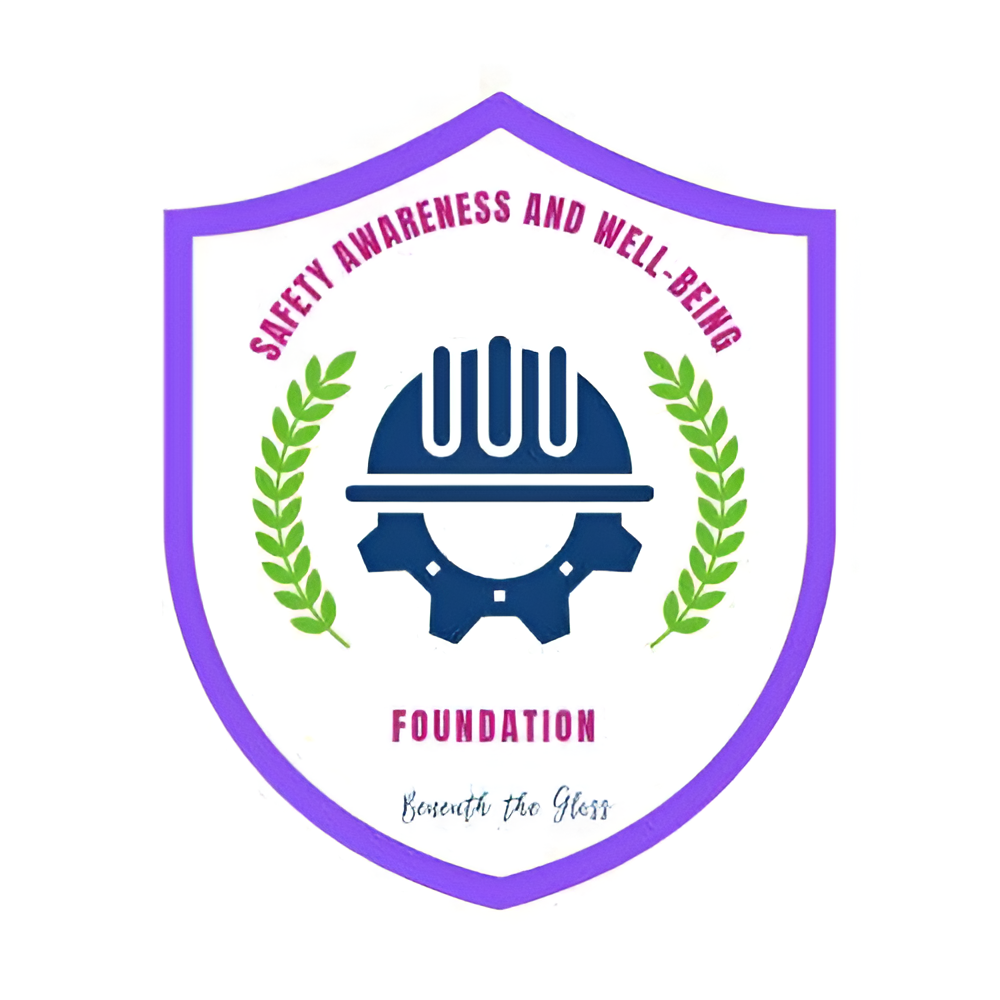Business sustainability thrives on efficient use of resources. Safety is the focal point by which these resources can be managed optimally to achieve the desired goals of the organization. Despite international conventions such as International Labour Organization’s (ILO) Convention and the regulations by the Federal Ministry of Labour and Employment making it mandatory for businesses to set up an effective Occupational Safety and Health Management System (OSH), enterprises, unfortunately still dawdle, believing that investing in safety is an expensive and needless venture rather than an investment with significant long term rewards.
For business viability, the 5M’s of management resources – man, machine, money, minutes, and materials, that are the key components of every business must be harnessed, not just effectively but by safe executions to prevent deaths, damage to machinery, loss of property and environmental degradation. Implementing an effective OSH management system protects not just the health and safety of people at work, but is also cost effective. Subsequently, this translates into improved performance and productivity.
The 5M’s of Management Resources.
Man: This refers to the personnel hired to execute the business activities. Man is the most important resource in any enterprise as the person responsible for ensuring coordinated and beneficial use of all the other resources.
A company with a commitment to prioritising health and safety ensures a highly motivated workforce. Incidences of absenteeism (either genuinely due to illness or false pretense) is greatly reduced.
Apart from absenteeism, a poorly motivated staff gives rise to poor staff retention. This leads to resentment, fatigue and excessive overtime for the workers, thereby decreasing their performance and productivity. Companies also lose valuable time wasted in rehiring experienced hands. This also incurs avoidable costs of rehiring and retraining of the new staff.
Research has shown that organizations where OSH programs are implemented have a higher motivated workforce willing to remain with the company for longer periods even at minimal wages because it is human nature to avoid putting themselves in danger (Schwatka et al., 2018).
Thus, like a domino effect this has a negative impact on the company image as other corporate entities may refuse to associate with them and also may cost them contract bids.
Machinery: Investing in safe use of machines, plants and equipment by routine maintenance and training of staff is crucial to the production process. Implementing a safe system of work prevents deterioration and break down of the equipment, thereby increasing durability. This is also cost effective for reducing the cost of recurring repairs and replacement.
Also, training staff on appropriate operation of these machinery, under adequate supervision, can significantly reduce the risk of accidents in the workplace. These accidents could slow down production rate which may likely affect operational targets.
Consequently, there is increased production cost and decline in productivity. According to a report from Forbes, time lost due to unscheduled downtime in US industries as a result of breakdown or damage of machinery leads to $50 Billion loss in industries annually.
Materials: This refers to manufacturing requirements and inventories to meet production schedules. Exposure of employees to hazardous materials used in the production process is detrimental to staff health. Also, unsafe handling (e.g. in storage, transportation, distribution, e.t.c.) of these toxic materials could negatively affect the quality of the finished commodity.
Possessing an effective OSH system ensures accessibility to safety data sheets for review, proper training on safe usage and emergency drills in event of a disaster. Inability to implement the OSH plan may increase operational expense due to production errors and defects in the finished goods. This may lead to consumer rejection of these finished products. Safe management of material resources ensures protection of the workforce from severe injury, accidents, and also ensures quality assurance of finished goods.
Minutes: As the saying goes “time is money”. Poor time management is as ineffectual as a broken down machine, a sick or injured employee or delay in supply of essential production materials. Developing safe standards of procedures (SOPs) detailing task processes can minimize time wastage, optimize staff behaviour by reducing inattentiveness or distraction while working and ensure quality control.
Employers are often guilty of prioritizing output by speeding up processes to increase sales at the expense of safety. Consequently this may lead to downtime in machinery causing delays in production, accidents, or absenteeism as a result of injury sustained. This negatively impacts the overall production time, leading to decline in productivity and customer dissatisfaction as products fail to be delivered as when due. In a highly competitive market, over time there may be a lower demand in sales. This can result in business closure without strategic interventions in the long run.
Failure to invest in safety may sometimes lead to time wastage due to accident investigations. This prevents normal business activities until after the investigation is completed. Oftentimes, regulatory bodies give notices of improvement. This may cause temporary closure of business pending when corrective actions have been taken and standards met. In severe cases, there may be permanent closure of business as a result of gross non-compliance with legislation or incidence of death.
Money: Money is quite an important resource in the survival of any business at any given time. The price for not investing in safety has dire financial implications; from loss of lives, accidents leading to injury, damage of equipment or property and environmental deterioration. This cost businesses valuable funding that could have been used in more beneficial ventures. This includes money lost in terms of medical bills incurred from worker injury, employee compensation claims as a result of occupational injury, legal cost from prosecution, increased insurance premium (due to higher accident rates),constant repair of damages to machinery or property.
These are some of the costs the business most likely would not incur had there been an investment in OSH system within the organization. Businesses are likely not to thrive and risk closure if no safety mitigation is put in place.
Implementing an effective OSH plan with competent personnel creates a conducive environment for proper control in the utilization and management of resources. This cannot be overemphasized as it leads to a successful advancement and sustainable business growth.
At Ducias, we are able to provide health and safety strategies that can guarantee much focus on realising meaningful returns on investment. We do this by executing an effective OSH system. At Ducias, we are the best at what we do.

